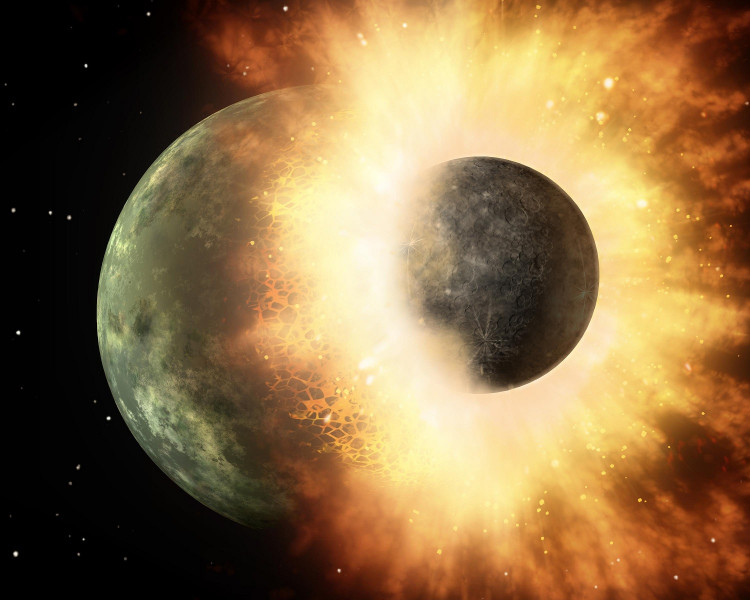Diamonds, solid carbon versions that shape Earth's highest natural materials, are highly valued across the globe. But they're not only native to our planet, as these precious substances are also found across the universe, with certain planets also having whole cores made of diamonds!
Now, a new study has shed some light on how celestial objects like meteorites shape these diamonds. The observations have led researchers to suggest that this other-worldly mechanism of forming is a result of the shock pressure produced when gigantic bodies collide, contrary to what was previously assumed.
For the purpose of this study, a research team from Goethe University in Germany, in cooperation with scientists from around the world, studied the largest diamond ever collected in Morocco and Sudan from Urelites, a special form of stony meteorite.
Ureilites are basically rocky meteorites and, relative to their fellow rocky meteorites, have a rather special and distinctive mineralogical composition. They are pieces, like a minor planet, of a larger celestial entity. If minor planets undergo violent encounters with other minor planets or massive asteroids and are killed, ureilite is known to be whatever material remains. In the form of graphite or nanodiamonds, these compounds are considered to contain massive quantities of carbon.
When the meteoroids struck Earth, diamonds on ureilites greater than 0.1 millimeters may not have formed, since an impact event of such immense intensity would have totally evaporated the meteoroid. Therefore, it was believed until recently that these diamonds must have been formed, just like the diamonds in the Earth's interior, by the continuous pressure of an overlying massive rock body.
The original parent body of the ureilite will, though, have to be a massive protoplanet, a large planetary embryo as large as Mars or Mercury, for the diamonds on such meteorites to shape this way, which may not be the case since there were no such large planets in the early solar system.
The researchers performed a comprehensive study of diamonds in sample ureilites from Morocco and Sudan using electron microscopy, micro X-ray diffraction, and Raman laser spectroscopy in order to delve deeper into this problem. The presence of the lonsdaleite layer, which is an alteration that only occurs when immediate, extreme pressure is applied, as shown by close observation. In addition, the other minerals found in the samples suggest shock pressure as well.
These findings point to the inference that these diamonds were created due to the shock pressure caused when the ureilite's parent body collided with a minor planet or asteroid.
"This means-contrary to prior assumptions-that the larger ureilite diamonds are not a sign that protoplanets the size of Mars or Mercury existed in the early period of our solar system, but of the immense, destructive forces that prevailed at that time," Professor Frank Brenker from the Department of Geosciences at Goethe University explained.
A paper describing the new findings has been published in the journal Proceedings of the National Academy of Science.



